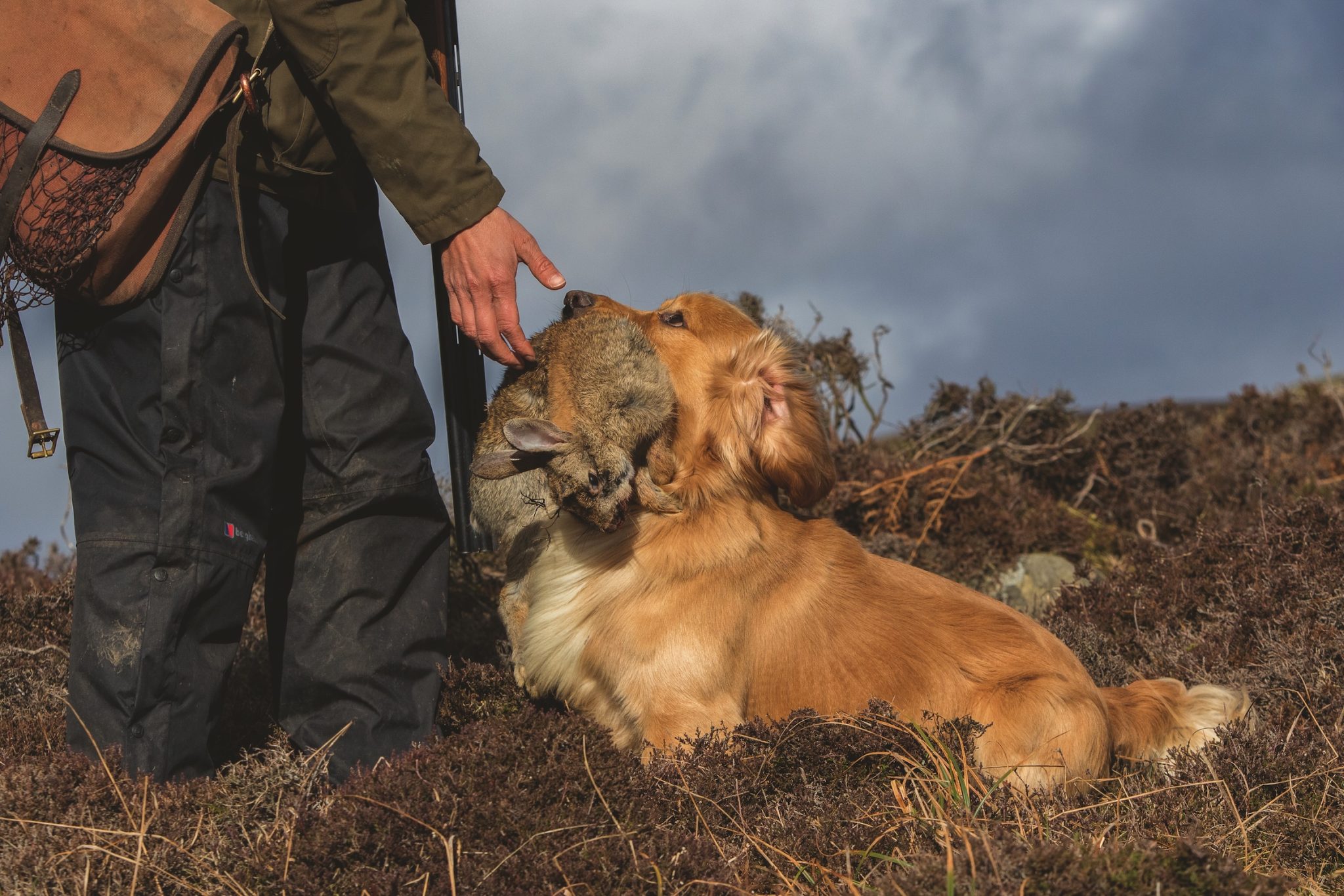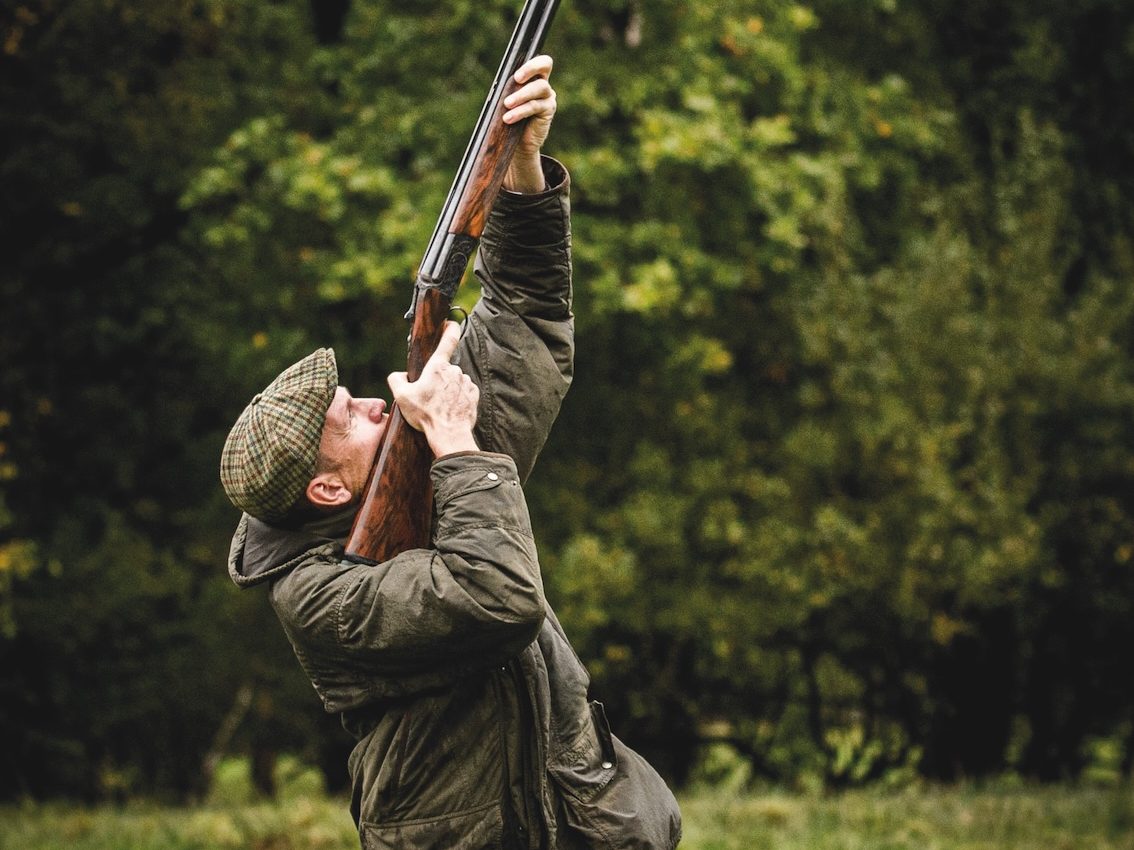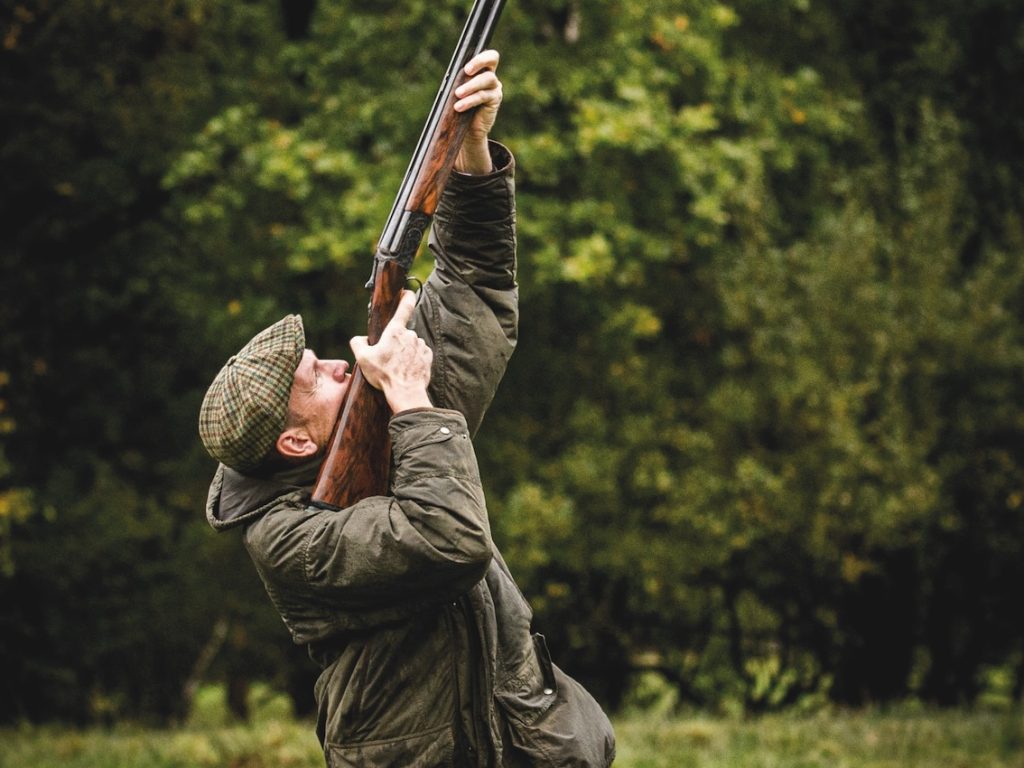Win CENS ProFlex DX5 earplugs worth £1,149 – enter here
Using Larsen traps
<strong>Q) Can you explain why I have little success with my Larsen traps in the autumn and winter? I have one with a magpie and the other with a crow on my smallholding. There are plenty of magpies and crows in the area, but they seem reluctant to be caught. J. HADWELL By email</strong>

A) Carrions and magpies become communal birds in the autumn and winter, and crows, in particular, may be seen in large communal roosts. In February, dominant crows break away from the community to pair up and defend a territory. It is worth remembering that the major predator of crows eggs and young is other crows. The best results with a Larsen trap will be achieved when the trap is placed within the territory of a pair of crows or magpies as they will then try to attack and drive off the call bird.
Though the spring catching period is not exclusive, it is the most productive time and I never set traps outside this peak period. You could perhaps tempt the odd inquisitive bird in the winter by putting the traps out of sight for some time or by moving them. As winter sets in and food becomes scarce, you might lure a crow or magpie, or even a fox. I caught a mangy fox in a Larsen trap some years ago.
Related Articles
Get the latest news delivered direct to your door
Subscribe to Shooting Times & Country
Discover the ultimate companion for field sports enthusiasts with Shooting Times & Country Magazine, the UK’s leading weekly publication that has been at the forefront of shooting culture since 1882. Subscribers gain access to expert tips, comprehensive gear reviews, seasonal advice and a vibrant community of like-minded shooters.
Save on shop price when you subscribe with weekly issues featuring in-depth articles on gundog training, exclusive member offers and access to the digital back issue library. A Shooting Times & Country subscription is more than a magazine, don’t just read about the countryside; immerse yourself in its most authoritative and engaging publication.







